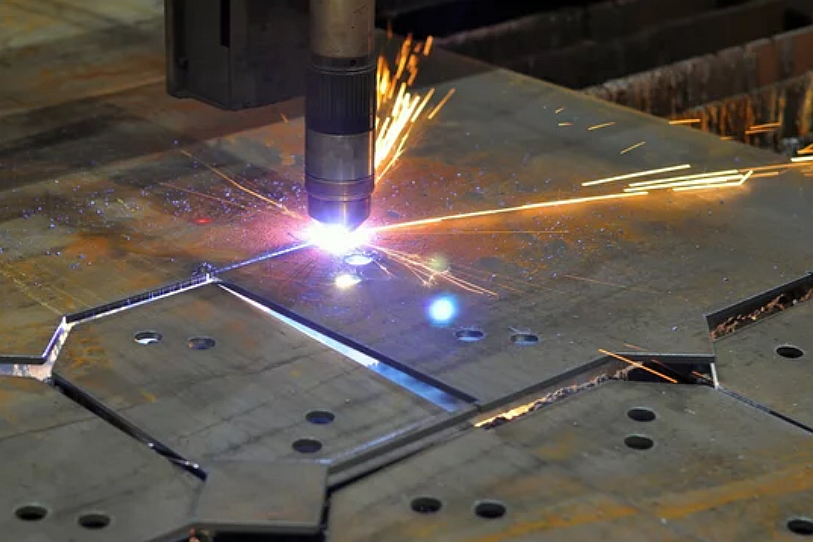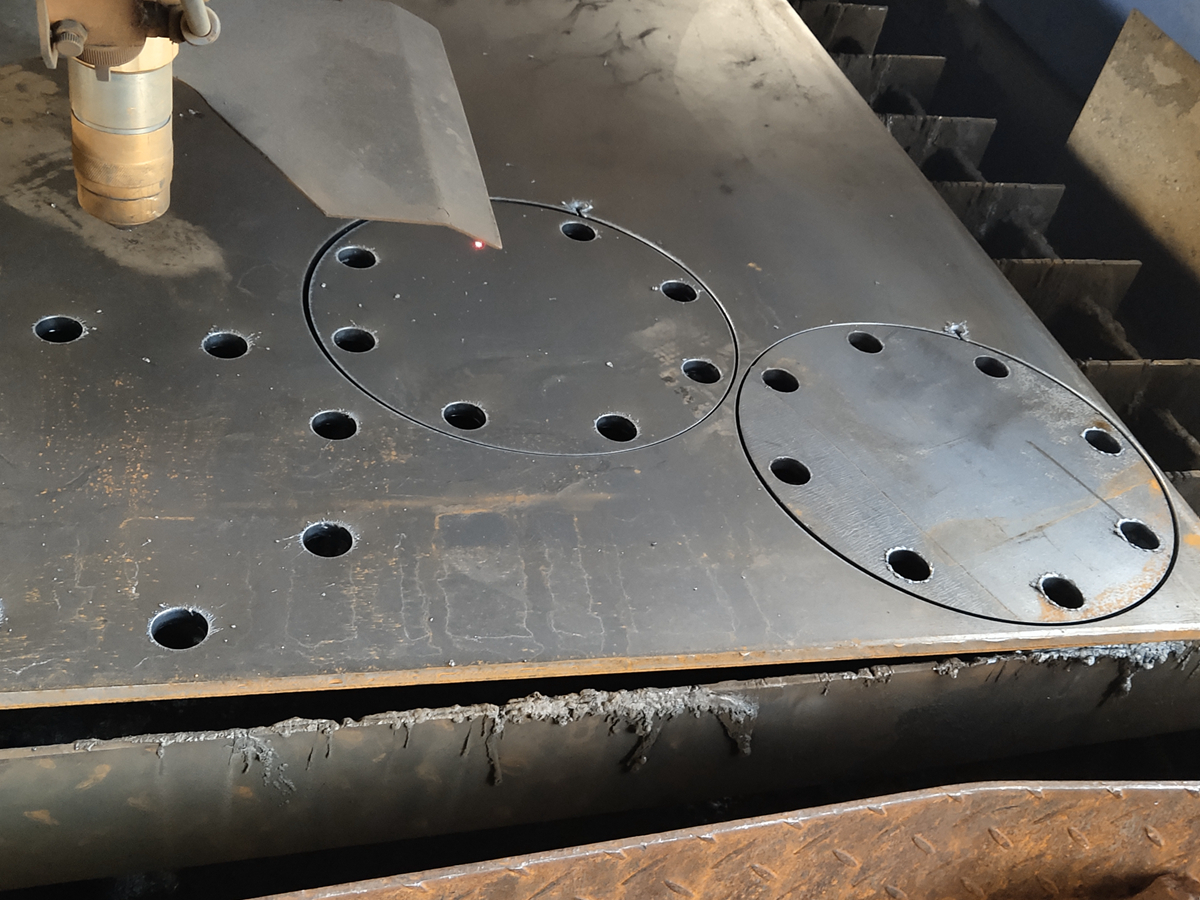What common mistakes lead to excessive waste in plasma cutting operations?
Overview
Plasma cutting is a fast and versatile technology, but improper setup or material handling can significantly increase scrap rates. Manufacturers across various sectors, including automotive, aerospace, and energy, rely on precise control of machine parameters, material selection, and workflow integration. When these areas are overlooked, waste levels rise sharply, which in turn affects overall costs and production efficiency.
Incorrect Cutting Parameters and Poor Process Setup
One of the most common causes of waste is incorrect settings for cutting speed, torch height, or amperage. Poorly calibrated equipment produces inconsistent kerf widths and excessive heat-affected zones. When plasma systems are not properly integrated into upstream manufacturing workflows such as sheet metal fabrication or prototyping, material distortion increases. Some operators also rely too heavily on manual adjustments instead of utilizing CNC-controlled processes, such as those found in CNC machining prototyping, which provide superior repeatability.
Similarly, using plasma in situations better suited to alternative processes—such as laser cutting for thin-gauge metals or sheet metal stamping for large-volume flat parts—can increase rework rates and material loss.
Choosing Inappropriate Materials or Poor Material Conditioning
Waste also increases when manufacturers cut metals that do not support stable plasma arc behavior. Ideal materials include:
When materials are sourced from upstream processes such as sand casting or gravity casting, which have inconsistent density or surface porosity, arc instability can occur. This results in uneven cuts and increased scrap output.
Poor Nesting, Layout Planning, and Material Handling
Inefficient nesting is a major contributor to waste. Without an optimized part layout, excessive spacing between contours leads to unnecessary scrap. This problem is especially common when plasma cutting is not coordinated with digital fabrication tools used in custom parts manufacturing.
Another issue is improper material handling. Warped sheets or poorly clamped workpieces shift during cutting, causing misalignment. In sectors such as telecommunications and lighting solutions, where precision brackets and enclosures are common, misalignment can quickly lead to material loss across large batches.
Insufficient Post-Cut Cleaning and Surface Preparation
When parts are not properly cleaned before downstream processes, defects may appear later in the finishing or assembly stages. Plasma-cut components often benefit from treatments such as:
sandblasting to remove oxidation and burrs
polishing to improve surface clarity
Skipping these steps can lead to rejected parts or rework, especially in high-performance sectors such as power tools.
Lack of Maintenance and Consumable Management
Torch tips, nozzles, and electrodes wear with use. Operating plasma systems with degraded consumables reduces kerf accuracy, causes blowout defects, and increases the likelihood of scrap. Proper maintenance routines dramatically reduce waste and extend the life of equipment.



